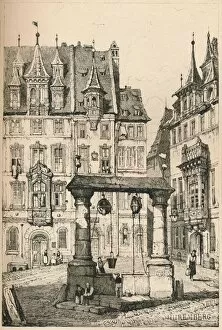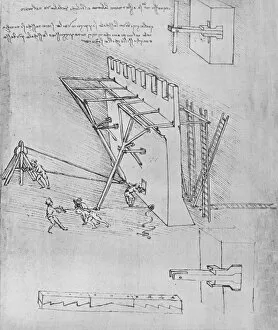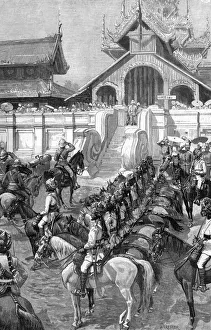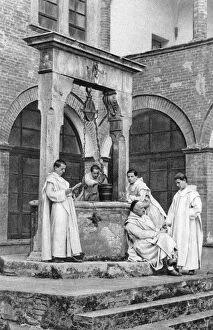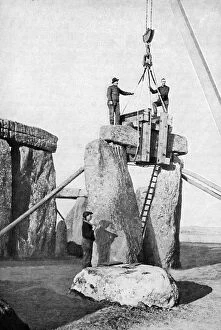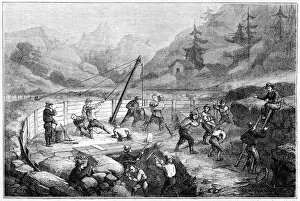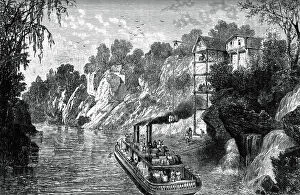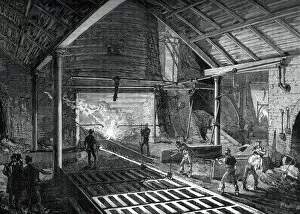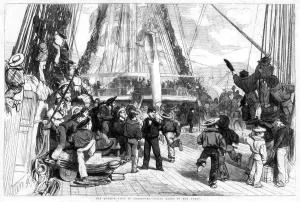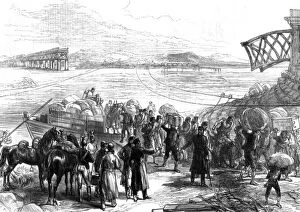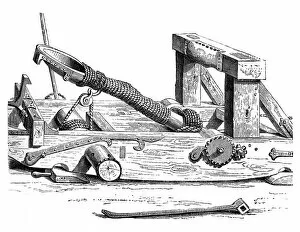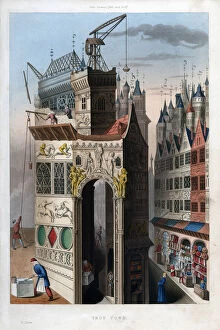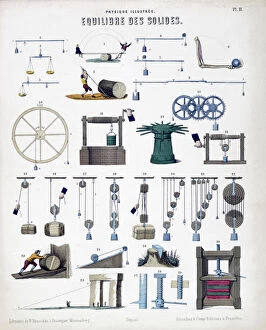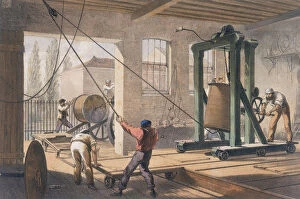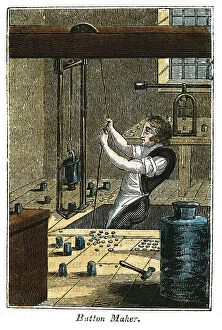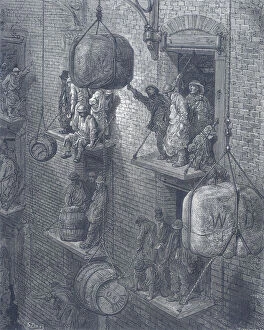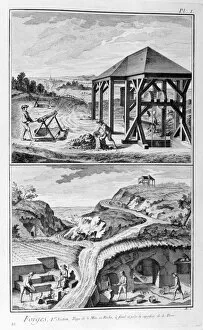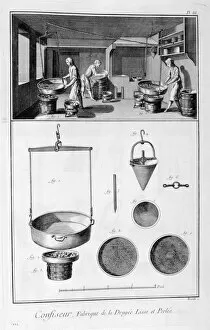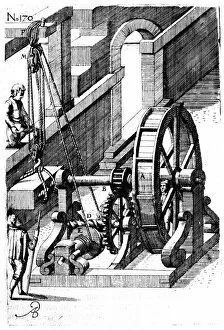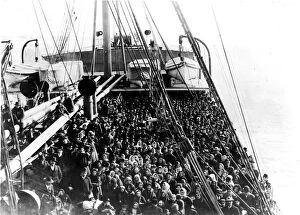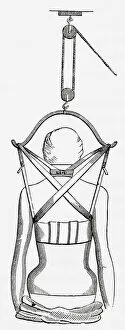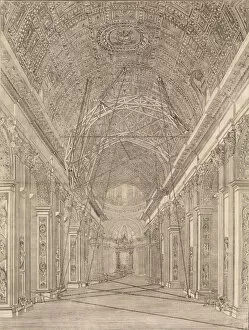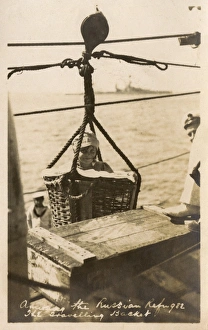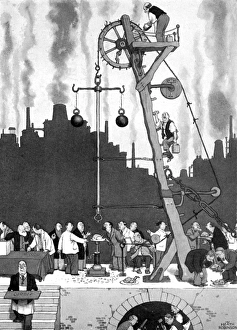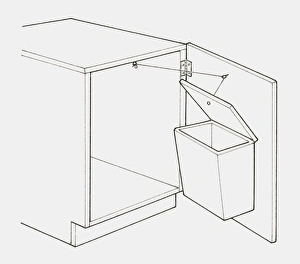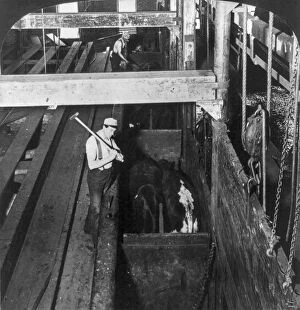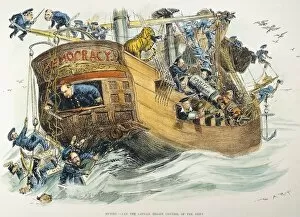Pulley Collection (page 9)
"Pulley: A Timeless Tool in the Hands of Surveyors, Artists, and Engineers" From the ancient times to modern innovations
All Professionally Made to Order for Quick Shipping
"Pulley: A Timeless Tool in the Hands of Surveyors, Artists, and Engineers" From the ancient times to modern innovations, the pulley has been an indispensable tool for various professions. In a colored German engraving from 1594, surveyors can be seen utilizing pulleys both on land and at sea to measure and map their surroundings with precision. Moving forward in time, we find ourselves in a China Clay Pit captured by Harold Harvey (1874-1941). Here, workers rely on pulleys to extract clay from deep within the earth's crust. The strength and efficiency of these devices enable them to transport heavy loads effortlessly. In another illustration by William Heath Robinson titled "Drawing the Cork, " we witness the whimsical side of pulleys. This comical depiction showcases how even opening a bottle of wine can become an elaborate affair when ingenious contraptions involving ropes and wheels are involved. James Tangye (1825-1912), photographed in his workshop at Aviary Court, Illogan, Cornwall around 1900, demonstrates that pulleys have long been essential tools for inventors and engineers alike. With meticulous craftsmanship, Tangye harnesses the power of these simple machines to create innovative mechanisms that shape our world. The year 1862 marks a significant milestone as Otis Patent Hoisting Engine introduces elevators powered by pulley systems. First installed in New York City's A. T. Stewart Store (later Wanamakers), this groundbreaking invention revolutionizes vertical transportation forever. Pulleys also make appearances in everyday scenarios depicted by W Heath Robinson. From opening wine bottles with intricate contraptions to defending against enemy forces during World War II using imaginative setups - his illustrations highlight how versatile this humble device truly is. Beyond its role as a tool for individuals or small-scale projects, pulleys play crucial roles in grand endeavors like constructing Blackfriars Bridge over London's River Thames.




